Supreme Commander Designer Diary #1 - History of the United Earth Federation
Read up on the history of the United Earth Federation, one of the three factions that will battle it out in Supreme Commander.
Supreme Commander wowed audiences at last month's Electronic Entertainment Expo, and the next real-time strategy game from Total Annihilation creator Chris Taylor came away with the Game Critic's Best Strategy Game award. Now Taylor's Gas Powered Games is busy working to deliver on the game's promise. Supreme Commander will put you in charge of one of three futuristic factions in the battle for Earth, though what makes Supreme Commander special is that instead of battling on small maps, you'll employ strategic skill as you command armies on huge swaths of territory that are thousands of square kilometers in size.
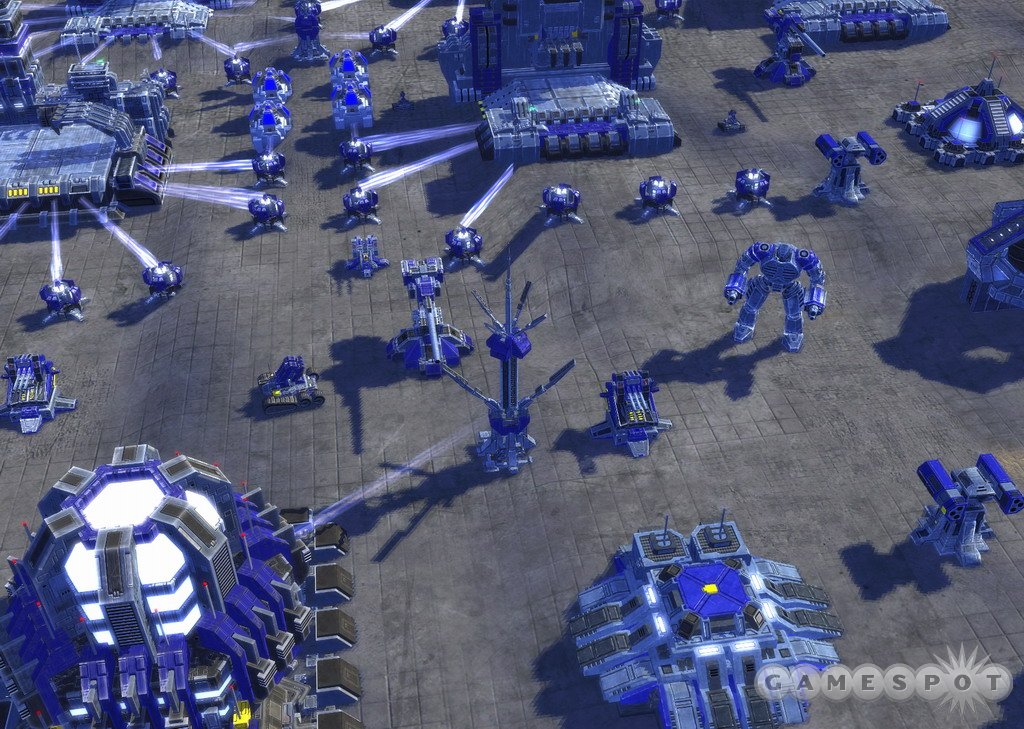
Over the course of the next few months, we're going to examine the game's three factions up close, starting with the United Earth Federation. We have background information about the UEF straight from the developers at Gas Powered, as well as a timeline of history. The game isn't due until next year, so make sure to check back with us regularly for the latest information on Supreme Commander.
History of the UEF
By Gas Powered Games StaffThe Earth Empire, which would eventually become the United Earth Federation, was the original society from which the other two factions (Aeon and Cybran) splintered. Its history dates back to precolonial days, when travel to other worlds was still but a dream. Through innovation, ambition, and desire, the Empire expanded its borders into the furthest reaches of the galaxy. Eventually, the Empire grew so large that it could no longer support itself; it fragmented and plunged into chaos and civil war.
Only the core of Earth Command (EarthCom), the military arm of the now-shattered Earth Empire, remained to carry on the torch of a united Earth-descended government. It gathered power unto itself and eventually initiated a strategy to reunite all worlds under Earth's banner. As the United Earth Federation, it is driven to restore its former glory, pursuing the ideals of brotherhood, honor, and tradition--the virtues that once made it great. This time it promises to remain conscious of the lures of greed and corruption that led to the Empire's downfall by tempering individual ambition with a new, united camaraderie.
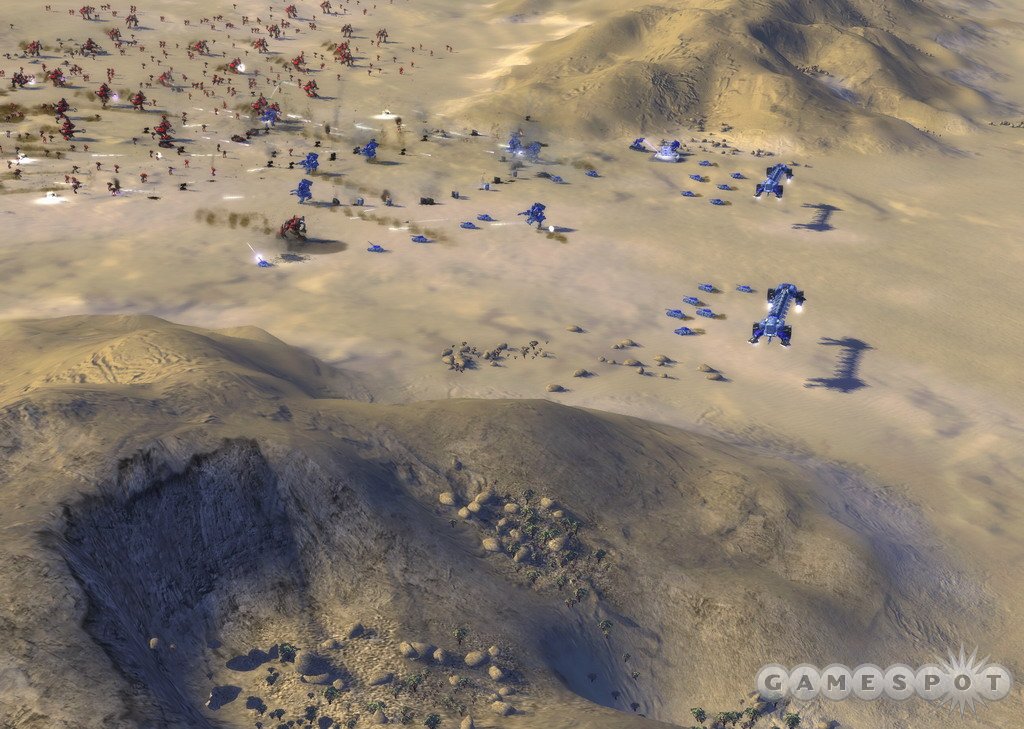
Culture
The average UEF citizen is not too different from a 21st-century American. They are artisans, athletes, craftsmen, warriors, and philosophers. They desire stability and order, but their ideas on how this should be achieved vary widely. Each has his own opinion on how the government should achieve its goals and whether or not the UEF even has the right to try and restore something that failed so long ago. Ancient religions are as varied and diverse as they were in prewar days and continue to be a motivating factor for many.
Even if individuals differ in their political or social perspectives, the single most common trait shared by every UEF citizen is their sense of brotherhood and community. UEF colonists really band together when times are tough. Positively contributing to society and personal improvement is a way of life for UEF citizens. For this reason, UEF communities very rarely contain vagabonds and homeless individuals.
Personality
The UEF rulers are expansive, aggressive, and authoritarian. They believe that this is necessary to ensure galactic order and the common good. They are attempting to rebuild the Empire that fell at the onset of the Infinite War, and with memory of such dark times still present all around them, UEF leaders can be driven to justify extreme measures.
Their main focus is their military might, and their prime virtue is order. They see nothing wrong with utilizing technology, including genetic engineering, to help achieve that lauded goal. Therefore, they still use large numbers of submissive Cybran workers, called symbionts in UEF space, which usually come from cloned stock and have been subtly programmed to be obedient to EarthCom. These symbionts are integral to a colony's survival and perform a variety of roles, from menial domestic laborers to technicians and scientists.
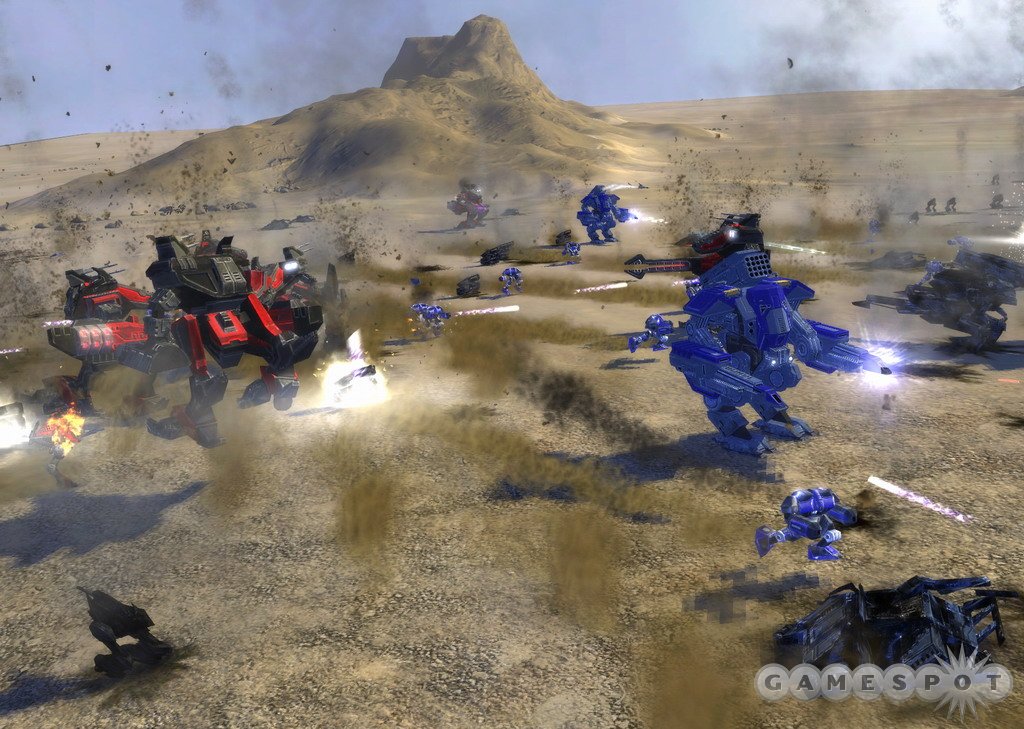
Timeline
Modern Day2005 - The United States aggressively pursues a program to put a man on Mars.
2010 - Man sets foot on Mars using conventional rocket technology. The journey takes more than seven months.
2015 - Several Earth governments begin construction of interplanetary "shuttles" intended to explore and colonize the solar system. Limited colonization takes place over the next 40 years.
Timeline, cont'd
Quantum Age2018 - Major understandings in quantum physics break open entire new fields of exploration, including applications in space travel.
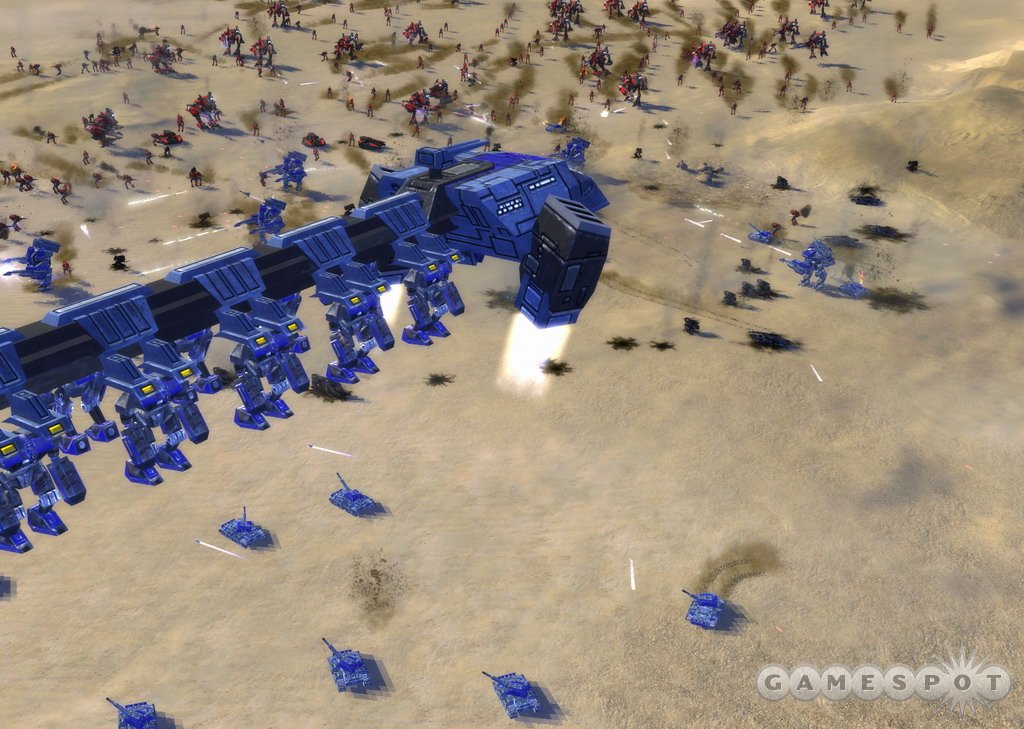
2025 - A single cesium atom is successfully transported 10 feet through a "quantum tunnel" in a laboratory. This is fundamentally different from the "teleportation" experiments done during the turn of the century, which merely "copied" matter. Using quantum tunnels, scientists actually transport the exact same matter to a different location.
2032 - A milligram of iron is successfully transported to the surface of the Moon using the combined total output of 25 fission reactors.
2050 - First successful living mass tests with quantum tunnel technology. First insects, then mice and larger animals are used.
2055 - Monkeys are successfully "tunneled" to a receiving base on Mars. Human trials begin.
2061 - A human team is deposited on Neptune's moon, Triton, using quantum tunnel technology. The journey takes .26 seconds.
2062 - A research base is established on Triton to explore interstellar travel.
Colonization
2108 - The first extrasolar human colony is established on a planet in the nearby Alpha Centauri system. The enormous energy cost dwarfs any previous endeavors, forcing scientists to explore cheaper alternatives to sending large teams and their equipment such vast distances.
2110 - Earth is united as a single government with a bold new vision of expansion to the stars. Advancements in artificial intelligence, nanotechnology, and biological engineering give rise to a massive colonization program using a new approach: To conserve the energy of transmission, a seed population of 1,000 bioengineered human DNA patterns is sent along with a single human sealed in a utility exosuit. Onboard nanofabricators are able to use mass and energy gathered at the destination site to construct an automated crèche for the development of the seed population. Raised by artificial intelligence and their own bioengineered skills embedded in their DNA, the colonists begin a rapid program of technological development and population growth to establish a quantum gate network between the initial three "alpha" colonies.
2284 - The first 16 colonies, later known as the Prime Worlds, are successfully established. During the following century, the Earth government adjusts to remotely governing an empire of colonies connected by quantum gates. Over this period, it proves its ability to establish and maintain quick and reliable communication and commerce across interstellar distances, effectively govern across those distances, and militarily enforce its laws, trade, population, and social programs. Earth Command, the interstellar military arm of the Earth Empire, fully comes into its own.
2316 - The First Great Expansion begins. All colonies of the Prime Worlds begin their own colonization. The Earth government further refines its use of social, economic, genetic, and political programs to maintain order and control. To keep pace with the rapidly expanding empire, limited-capability military suits are derived from the exosuits used in colonization. Instead of nanofabricating colonization equipment, these suits create limited autonomous military units controlled by a human commander. As such, lower numbers of EarthCom personnel are required to enforce order compared to the older "human-heavy" systems. Throughout the colonization period, EarthCom is called on to quell all manner of disturbances ranging from colony disputes to full rebellions, with minimal loss of EarthCom life.
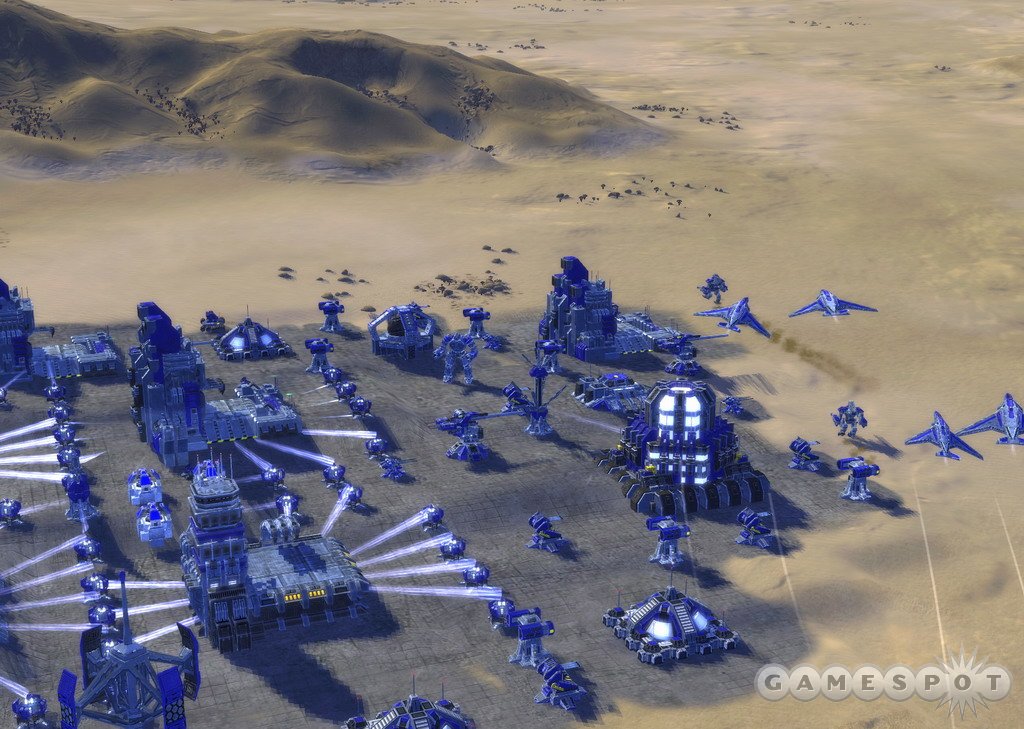
2525 - The Second Expansion begins. More than 110 colonies begin their own colonization efforts. So far, no intelligent alien life has ever been found; many now assume that there is no other intelligent life in the galaxy.
2557 - A survey expedition to the distant world of Seraphim II, a promising planet more than 50 times the size of Earth, does not reestablish contact within the standard window. A routine follow-up expedition is scheduled.
2590 - A second expedition to Seraphim II is sent, but also does not reestablish contact with Earth. Seraphim II is marked "hazard" and added to EarthCom's lengthening "investigate hazard" list. Due to increased unrest on the frontier, EarthCom does not send investigation probes to a hazard world for more than five years.
Got a news tip or want to contact us directly? Email news@gamespot.com
Join the conversation